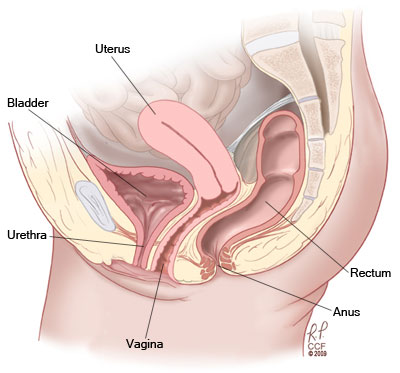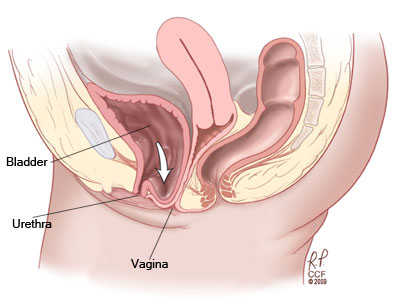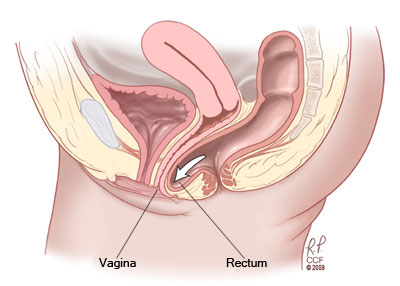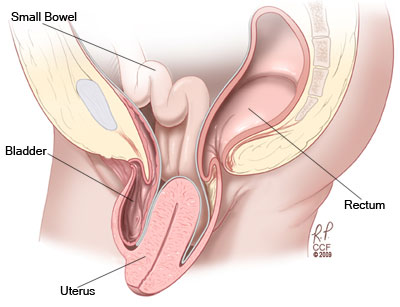Pelvic Organ Prolapse
Pelvic organ prolapse is a downward descent of female pelvic organs, including the bladder, uterus and the small or large bowel, resulting in protrusion of the vagina, uterus, or both. Prolapse development can be attributed to several factors, including vaginal child birth, advancing age and obesity. Vaginal delivery, hysterectomy, chronic straining, normal aging and abnormalities of connective tissue or connective-tissue repair predispose some women to disruption, stretching or dysfunction of the connective-tissue attachments of the vagina, resulting in prolapse.
Four main types of pelvic organ prolapse can occur:
- When the protrusion involves the front (anterior wall) of the vagina and bladder, the condition is called a cystocele or “dropped bladder.”
- When the back (posterior wall) of the vagina and rectum are involved, the condition is called a rectocele.
- When the upper portion of the vaginal wall and small bowel are involved the condition is called an enterocele.
- When the uterus descends downward, the presentation is called uterine prolapse.
Cleveland Clinic’s gynecologic surgeons offer a variety of treatments designed to optimize each individual patient’s results and restore normal function of the pelvic floor.
Normal Pelvic Anatomy
Cystocele
Rectocele
Uterine Prolapse



